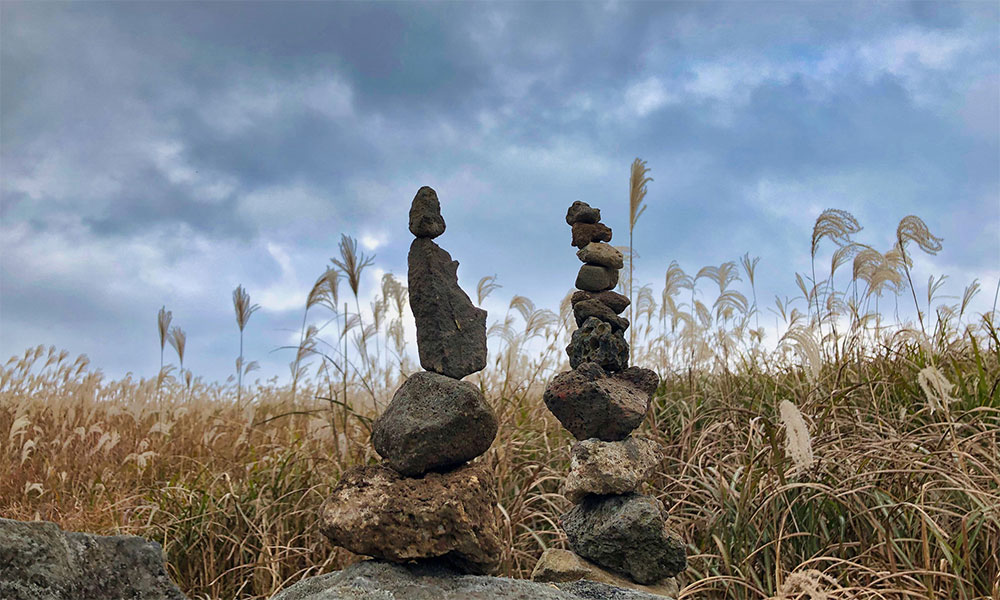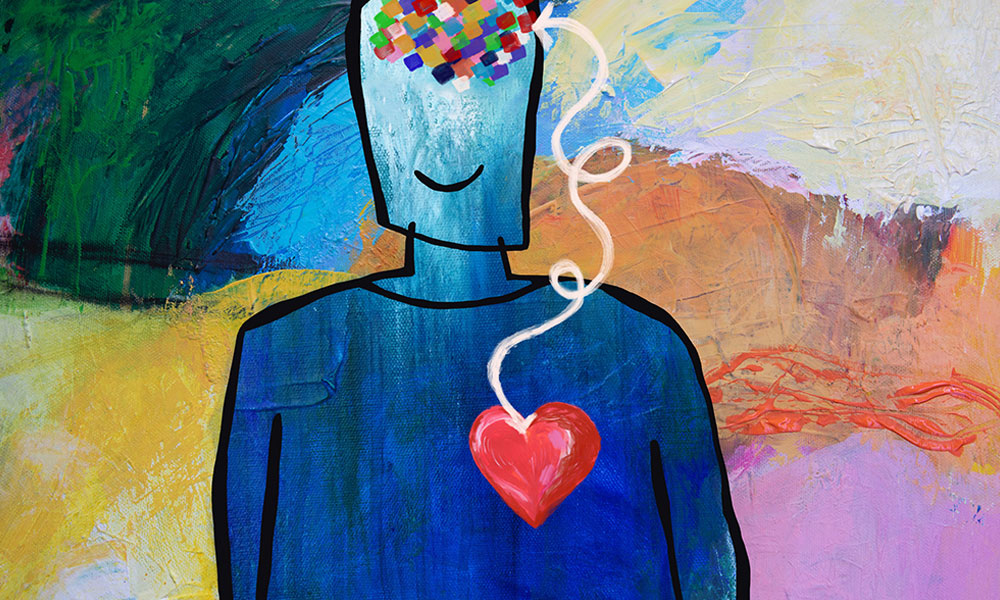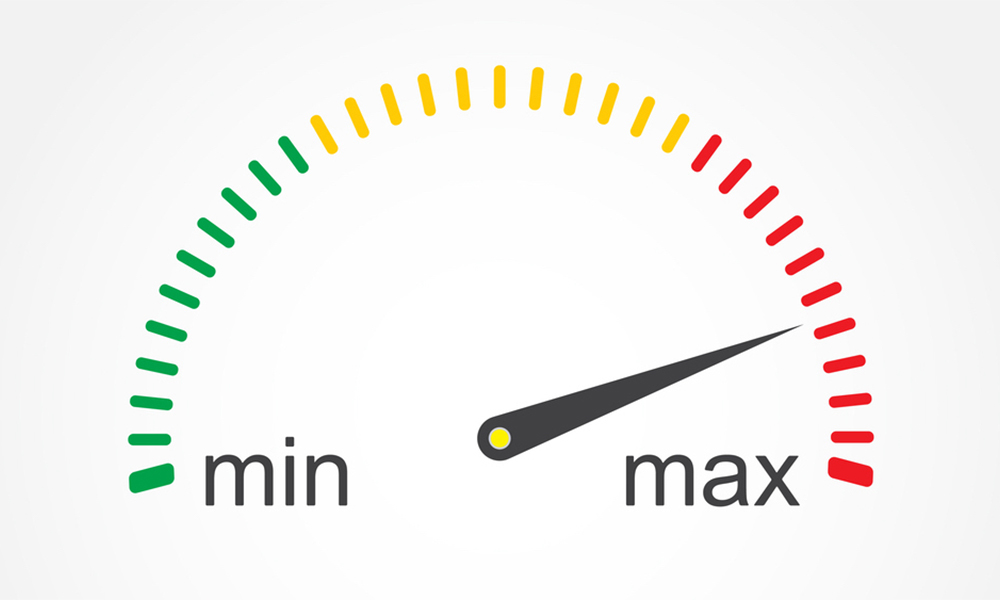I recently caught up with a friend who runs an apparels business. When the pandemic hit last year, her business – like so many others – came to a grinding halt. She cut costs wherever possible and dipped into her savings to keep her team. Later, her entire family contracted Covid-19. Thankfully, they all recovered. Through all of these challenges, my friend tried her best to salvage her company. Given that her sales depended significantly on exports, the situation in Europe and the US made things that much harder. However, she was persistent and managed to get on the path to recovery.
So, she was feeling quite hopeful and positive as 2021 started, determined to make this a better year. Orders also began inching up. And then all of a sudden, the giant second wave of the pandemic came crashing in. Business again has taken a nosedive. This time around, she is scrambling, looking for elusive oxygen cylinders and hospital beds for some of her team members.
Amidst all this chaos, her motivation to keep her business afloat for another pandemic year is being seriously tested.
This friend is not alone. So many people are feeling frustrated and disillusioned. It seems like we are living one day at a time and not sure of what to do. On one hand, we are trying our best to protect ourselves, hoping for the best but preparing for the worst. At the same time, the stories of misery as people forage for things as basic as a hospital bed and oxygen are overwhelming us. We are making countless calls, sending messages, standing in queues, donating funds – hoping that some of this will make a difference in this catastrophe. Anxiety is looming large. While there is still hope that we will come out of this suffering at some point, the nagging uncertainty and what else could happen is paralyzing many of us.
In the midst of all of this, for some people, work is providing some distraction. For others, it is getting harder to focus on work. Work is seeming like a chore, with a certain feeling of stagnation and pointlessness pervading the atmosphere.
When talking to family, friends and colleagues about this confusing state of affairs, I was struggling to articulate what many of us have been feeling. And then I came across noted author Adam Grant’s article for the New York Times, recently republished by the Indian Express. “There’s a name for the blah you’re feeling,” states the title. “It’s called languishing.” As Grant explains:
Languishing is a sense of stagnation and emptiness. It feels as if you’re muddling through your days, looking at your life through a foggy windshield. And it might be the dominant emotion of 2021.
So, this week, my message explores the widespread sense of languishing created by the second wave of Covid-19 across the country. While there is no silver bullet solution, my hope is that understanding this feeling will help us cope better and seek the help we need. Honest conversations are also a way to strengthen empathy and solidarity – something we all need desperately right now.
As the pandemic continues to wreak havoc across our personal and professional lives, the emotional toll is adding up. Along with day-to-day challenges, people are also having to cope with a huge amount of collective grief and loss.
The result? A sense of hollowness and aimlessness that makes it tough to get excited about the future, to get out of bed with your usual zest for life every morning.
In this state of mind, it’s impossible to fire on all cylinders and function at your peak level, be it at work or at home. Motivation dwindles, and the brain struggles to find focus. There is also a sense of indifference, due to which many people don’t even realize that they may be languishing – making it that much harder to get help.
Drawing a psychological distinction between depression and languishing, Grant clarifies:
Languishing is the neglected middle child of mental health. It’s the void between depression and flourishing – the absence of well-being. You don’t have symptoms of mental illness, but you’re not the picture of mental health either.
Research by Corey Keyes, the sociologist who coined the term, suggests that languishing is a key predictor for future mental health problems, including major depression and anxiety disorders. Grant gives an example from the early days of the pandemic:
New evidence from pandemic health care workers in Italy shows that those who were languishing in the spring of 2020 were three times more likely than their peers to be diagnosed with post-traumatic stress disorder.
Coming out on the other side
How can you tackle this feeling of stagnation and languishing? How can you protect your mental health in the midst of these extremely challenging circumstance? Here are five recommendations to consider:
1. Name your feelings.
The first step to managing our emotions is to name them. The problem is that most of us don’t have a familiar vocabulary on hand for what we’re going through right now. The current intensity of emotions (that too, on a global scale) is unprecedented. Some of you might also be under pressure to remain upbeat and positive, which can lead to masking negative feelings – even from yourself.
It’s high time we all take a pause and reflect. This week, make some time to simply sit with your feelings and examine them. Try to name your emotions. Grief. Anguish. Mourning. Loneliness. Emptiness. Fear. Worry. Languishing. Remind yourself that you’re not alone. As hundreds of thousands of posts on social media will tell you, these feelings are common to most people right now.
2. Find your “flow”.
Grant highlights “flow” as an antidote to languishing:
Flow is that elusive state of absorption in a meaningful challenge or a momentary bond, where your sense of time, place and self melts away. During the early days of the pandemic, the best predictor of well-being wasn’t optimism or mindfulness – it was flow. People who became more immersed in their projects managed to avoid languishing and maintained their prepandemic happiness.
Flow can come from various sources: throwing yourself into a passion project, playing challenging brain games, reading a thrilling book, cooking an elaborate meal. Each of us find flow in a different place – there is no good or bad here, simply what works best for you.
3. Stick to mono-tasking.
Science tells us that switching between tasks takes a toll on focus and productivity. Even before the pandemic, many of us multitasked our way through the day. Now, with a public health crisis unfolding around us, we are even more distracted by a ceaseless flow of news, WhatsApp messages and social media posts.
In order to preserve precious attention and re-spark enthusiasm, try to immerse fully in one thing at a time – be it a team meeting, having lunch with your family or watching a movie on Netflix. Grant also recommends carving out blocks of uninterrupted time for work. Leaders will be interested in the potential benefits illustrated through this example:
Years ago, a Fortune 500 software company in India tested a simple policy: no interruptions Tuesday, Thursday and Friday before noon. When engineers managed the boundary themselves, 47 percent had above-average productivity. But when the company set quiet time as official policy, 65 percent achieved above-average productivity. Getting more done wasn’t just good for performance at work: We now know that the most important factor in daily joy and motivation is a sense of progress.
4. Set mini-goals.
In the face of massive disasters and worldwide paralysis, what can we as individuals do to snap out of the state of languishing? Grant suggests setting small, achievable goals that that stretch your skills just a little bit – a challenging report, a word game, a yoga session. Not only does this reinforce your resolve but also opens up a pathway to the state of “flow”. Accomplishing mini-goals on a daily basis will help you overcome stagnation and rediscover some of the energy, motivation and excitement that has been sapped away over the past year.
5. Stay in touch.
Human beings are inherently social creatures. The pandemic has disrupted our way of life like never before, making it tough (or impossible) to have easy social interactions with friends, co-workers, neighbours and extended family. No wonder our days seem less joyful!
While weekend video calls and monthly catch-ups are all very well, daily connections are also crucial for most of us to thrive. Identify a few different people with whom you can interact during the day: a colleague to giggle with over the hilarious incident during your Zoom meeting, a family member who can support you when you’re feeling low, a friend who is happy to chit-chat about mundane everyday events…even brief social interactions with your tribe have the power to uplift you and boost happiness.
By acknowledging our feelings and having honest conversations about them, we can begin the process of healing together and emerging from this emotional abyss. Let us take proactive steps to safeguard our own and our team’s mental health. In the end, let me leave you with these wise words from Grant:
“Not depressed” doesn’t mean you’re not struggling. “Not burned out” doesn’t mean you’re fired up. By acknowledging that so many of us are languishing, we can start giving voice to quiet despair and lighting a path out of the void.








Comments